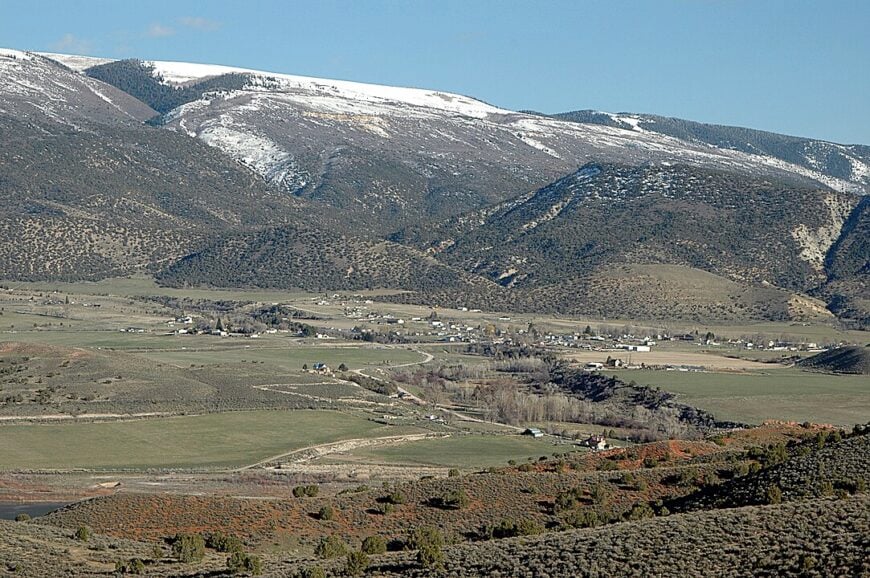
The roads into Cache Valley narrow without apology. No big signage, no ceremony. Just a soft descending hush—the kind that settles into the ribcage and stays. Along the eastern bench, irrigation lines glint like wire scribbles in the sun. To the west, the Wellsville Range rises in sheer, unlikely walls, a geologic afterthought carved by glaciers and disregard. Between them: a wide, slow-moving valley stitched with barbed wire, sorghum fields, and grain silos the color of unpolished pewter.
This is Utah at its most privately held. The kind of place where space organizes thought, and seclusion is cultivated across generations. Time dilates in these places. Mornings spool out slowly over the asphalt. Afternoons collect in canals and ditches. The air holds the smell of livestock, wet hay, cooling machinery.
The valley’s name comes from the caches left behind by early trappers—buried food, supplies, journals of intent—and that instinct to withhold remains. The Shoshone called this place Seuhubeogoi—willow-brush valley—a name that reads more like knowledge than metaphor. The willows are still here. So is the brush, the wind, the remembering.
Mendon crouches at the foot of the mountains, close to the fault line, closer still to its own terms. Cache Junction curls around a rusted rail spine. Trenton unspools northward into wheat and quiet. These 10 neighborhoods exist in the periphery of maps and memory, content in their own grainy texture. They’ve simply chosen to remain—off the grid, off the script.
10. Mendon – Mountain’s Edge Retreat
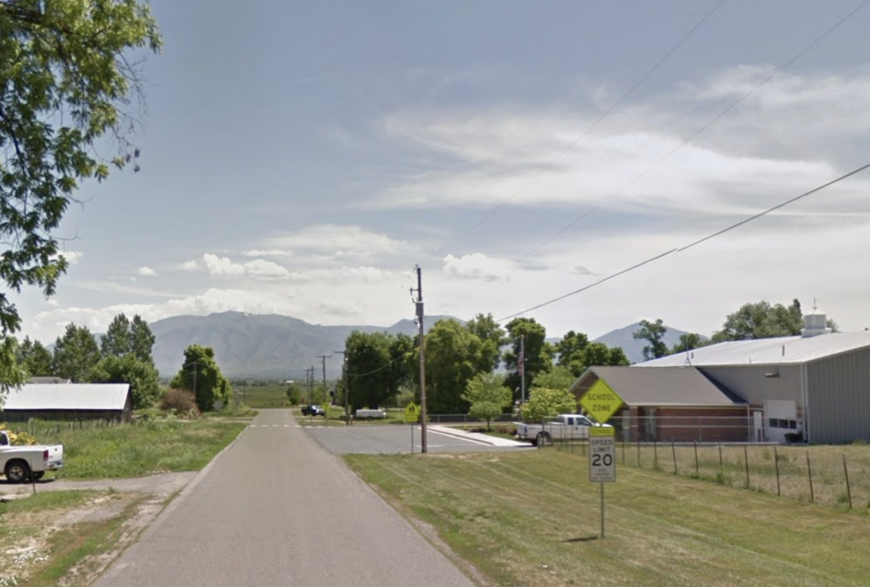
Mendon sits quietly at the western edge of Cache Valley, nestled against the Wellsville Mountains, offering a tranquil escape from the more developed parts of the region. With a population of around 1,400, it maintains a small, tight-knit community.
The area is a haven for outdoor enthusiasts, with easy access to hiking trails in the Wellsville Mountains, birdwatching, and nature photography opportunities. Agriculture remains a cornerstone of Mendon’s economy, with local farms dotting the landscape.
The town’s seclusion is reinforced by its distance from major highways and urban centers, allowing residents to enjoy peace and solitude in a stunning natural setting. Mendon’s mountain views and rural charm make it a hidden retreat for those seeking a quiet lifestyle.
Where is Mendon?
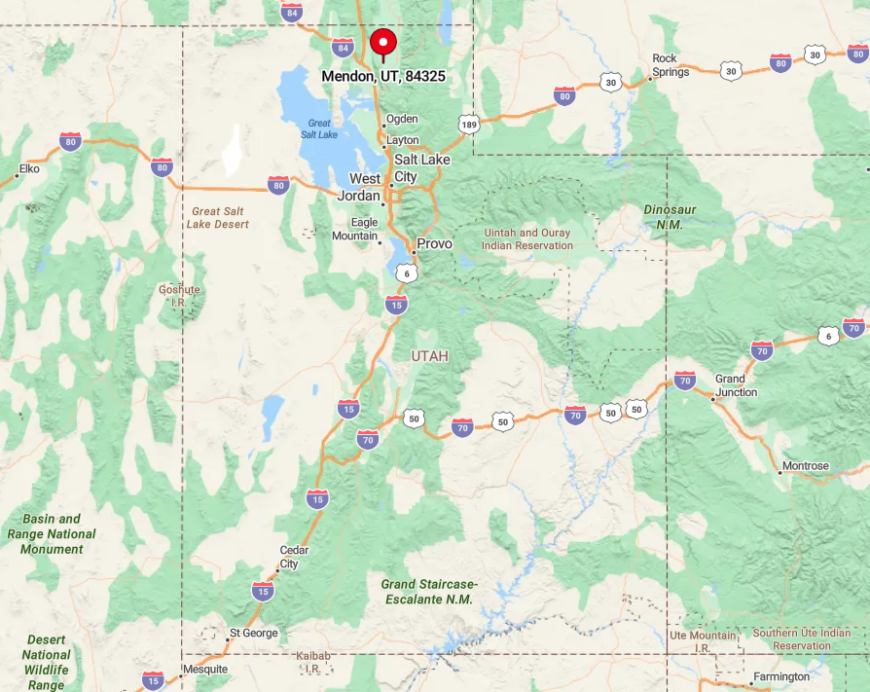
Mendon is located in the southwestern part of Cache Valley, near the base of the Wellsville Mountains. The town can be reached by taking Highway 30 west from Logan, then turning south onto State Route 23.
The drive winds through open farmland and rolling hills before arriving in this peaceful community. Mendon’s position against the mountains adds to its sense of isolation, offering a serene escape while still within a reasonable distance of Logan’s amenities.
9. Cache Junction – Rural Crossroads
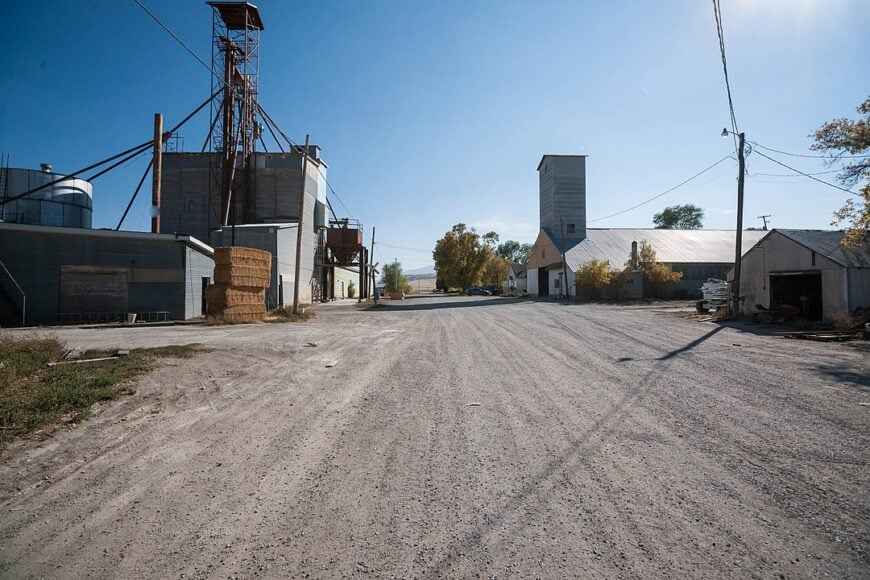
West of Newton, Cache Junction is a small community that offers large rural properties surrounded by expansive farmland and minimal development.
This area provides a quiet lifestyle away from busy urban centers, where the rhythm of daily life is dictated by the seasons and the land. Residents enjoy open spaces and wide horizons, with plenty of room for agriculture, livestock, or simply appreciating the peaceful countryside.
With a population of just a few hundred people, it’s a place where neighbors know each other, and the sense of community is strong. The simplicity and tranquility of life here are a draw for those looking to step back from the hectic pace of modern living.
Where is Cache Junction?

Cache Junction is located in the western part of Cache Valley, approximately 20 miles northwest of Logan. It sits at a historic railway junction, which once was a bustling hub but now adds to the quaint charm of the area.
To get there, take Highway 30 west from Logan toward Newton, then continue onto State Route 23 heading north until you reach the small community of Cache Junction.
The drive offers picturesque views of agricultural lands and distant mountains, emphasizing the region’s rural beauty. Its location provides easy access to the countryside’s solitude and nearby towns’ convenience.
8. Trenton – Northern Countryside Haven
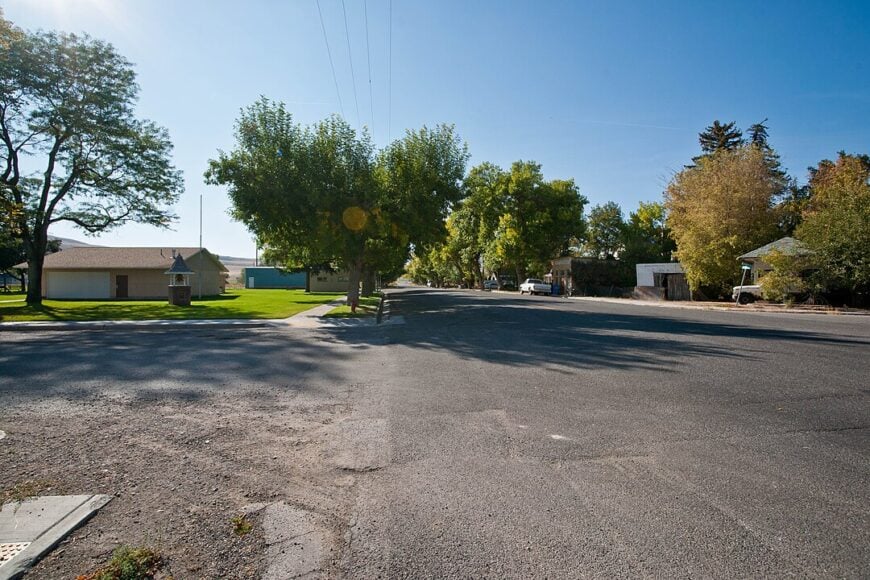
Trenton is a quiet rural community in the northern part of Cache Valley, home to approximately 500 residents. Life here revolves around agriculture, with local farms and pastures stretching everywhere.
The area offers a peaceful environment for those who enjoy country living, with opportunities for horseback riding, farming, and quiet evening walks along backroads.
Trenton’s small population and low traffic make it a truly secluded spot, perfect for those wanting to escape the noise of larger towns. The community embraces its rural roots, fostering a sense of neighborly connection among its residents.
With open fields and distant mountain views, Trenton is a hidden slice of countryside bliss.
Where is Trenton?

Located near the Utah-Idaho border, Trenton lies in the northernmost reaches of Cache Valley. The town is accessible via Highway 142, just a short drive northwest of Smithfield.
The journey takes travelers through fields and farmlands, with few signs of development. This remote location, small size, and agricultural landscape contribute to Trenton’s secluded feel—a true rural retreat for those seeking quiet and simplicity.
7. Clarkston – Peaceful Historic Enclave

Clarkston, with a population of around 700 residents, is a peaceful rural enclave situated in the northwestern corner of Cache Valley. The town is known for its historical significance as the burial site of Martin Harris, a key figure in early Mormon history.
Despite its small size, Clarkston offers a serene lifestyle with an emphasis on farming and outdoor recreation. Residents enjoy activities like hiking in the nearby Wellsville Mountains, fishing in local streams, and attending community events.
The town’s remote location, surrounded by open fields and rolling hills, creates a sense of quiet isolation. With little commercial development, Clarkston remains a hidden and peaceful haven for those desiring rural living.
Where is Clarkston?

Clarkston is located in northwestern Cache Valley, near the border of Box Elder County. To get there, take State Route 23 north from Mendon and follow the signs leading west into Clarkston.
The drive offers views of expansive fields and distant mountain ranges, emphasizing the town’s remote feel. Clarkston’s isolated location and small population ensure it remains a tranquil spot, far removed from the busier parts of Cache Valley.
6. Cornish – Rural Borderland Refuge

Cornish is a tiny rural town at the northern edge of Cache Valley, with a population of about 300 people. This quiet community is steeped in agricultural tradition, with local farms and ranches making up the backbone of its small economy.
The area’s seclusion is enhanced by the vast stretches of farmland surrounding it, and the absence of commercial centers maintains the town’s peaceful atmosphere. Cornish offers a retreat for those who value solitude, with opportunities for gardening, horseback riding, and taking in the natural beauty of the valley.
The combination of open spaces and distant mountain views makes Cornish a perfect escape from the noise of urban life.
Where is Cornish?

Cornish is located near the Utah-Idaho border in northern Cache Valley. The town can be reached by traveling north on State Route 23 from Trenton.
The quiet roads and rural scenery along the way add to the sense of isolation, reinforcing Cornish’s status as a secluded countryside refuge. Its remote location and small population ensure that life here remains calm and unhurried, surrounded by the beauty of northern Cache Valley.
5. Amalga – Quiet Countryside Community

Amalga, with a population of about 500, is a small rural town in Cache Valley known for its quiet charm and dairy farming roots.
The town is home to a dairy processing plant, which plays a significant role in its local economy. Residents enjoy a simple, peaceful lifestyle with opportunities for hiking, birdwatching, and tending to their farms.
The open fields and gentle hills surrounding Amalga create a sense of solitude, offering a break from the busier towns in the valley. Its rural character and small population size make Amalga an ideal location for those seeking serenity and space.
Where is Amalga?
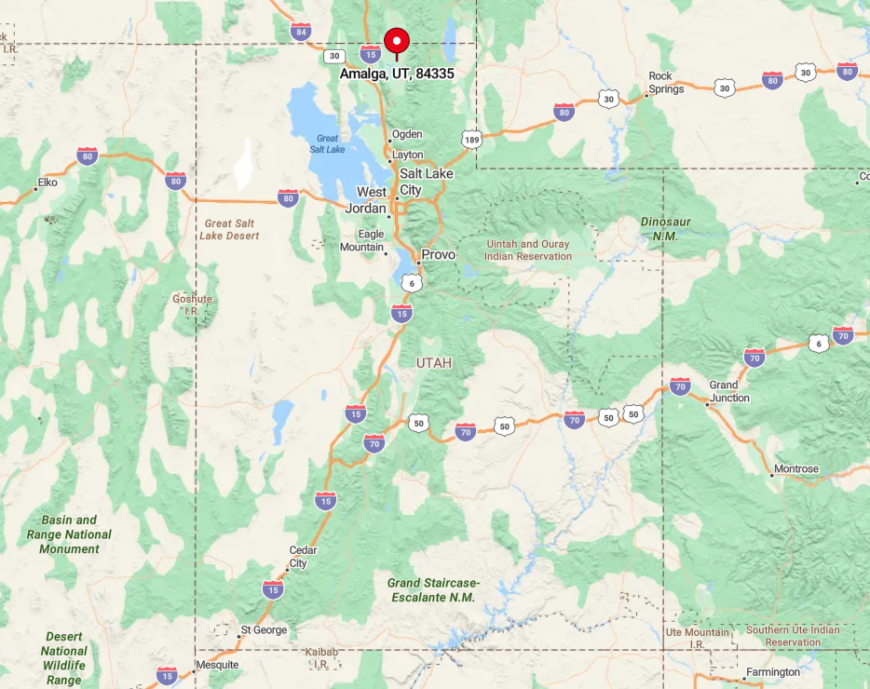
Amalga is located in northern Cache Valley, a few miles west of Smithfield. To get there, drive north from Logan on Highway 91, then turn west onto State Route 218.
The route passes through farmland and quiet roads, emphasizing Amalga’s secluded feel. The surrounding open spaces and its distance from major highways contribute to the town’s calm and private atmosphere, perfect for those seeking rural tranquility.
4. Cove – Borderland Tranquility

At the northern tip of Cache Valley near the Idaho border, Cove offers vast open spaces and hillside properties with panoramic views, perfect for those seeking solitude.
The area is known for its agricultural roots, with grain and alfalfa fields stretching toward the horizon. Residents, numbering only a few hundred, enjoy a quiet, rural lifestyle where the beauty of the landscape is ever-present.
Outdoor activities like hiking and horseback riding are popular, and the area’s proximity to Idaho and Utah attractions adds a layer of convenience. Cove’s serene environment provides a haven for those looking to escape the noise and stress of urban life.
Where is Cove?
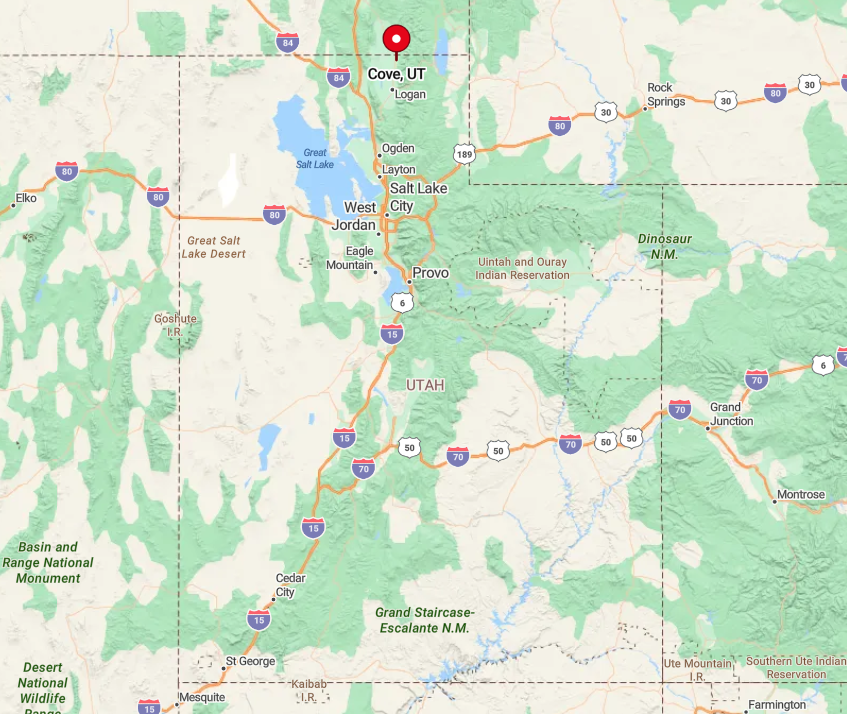
Cove is located in the northernmost part of Cache Valley, just south of the Utah-Idaho border. To reach Cove, take US-91 north from Logan toward Richmond, then continue north to the small community of Cove.
The area is nestled against the foothills of the Bear River Mountains, offering elevated views of the valley below. The drive to Cove is a scenic journey through rolling farmland and open spaces, emphasizing the rural charm of the region.
Its location provides a sense of remoteness while still being accessible via major roads connecting to nearby towns and states.
3. Mt. Sterling – Rural Hillside Escape
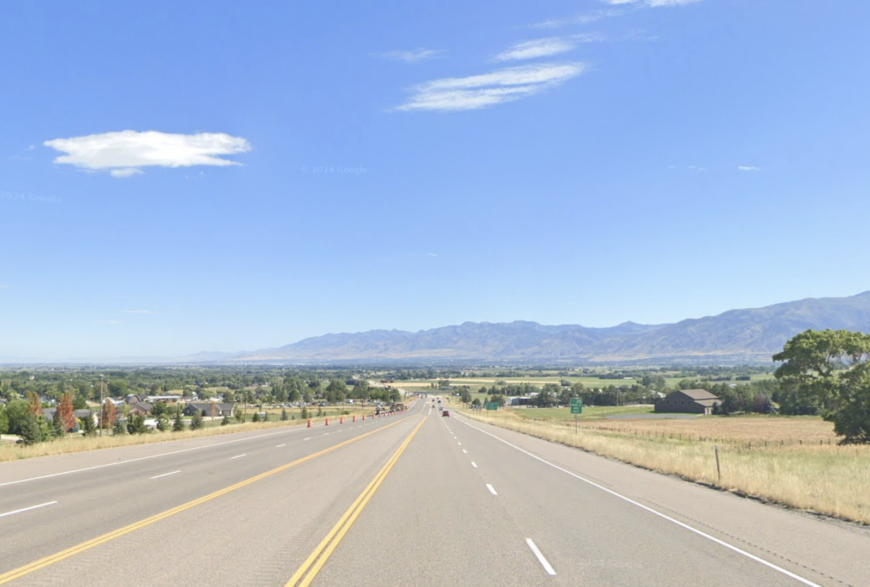
Between Wellsville and Hyrum, Mt. Sterling is a secluded community with large acreages and rolling hills, offering a peaceful rural escape.
The area is characterized by its sweeping landscapes and open skies, providing residents with freedom and space. Farming and ranching are common pursuits, and the community values self-sufficiency and a close connection to the land.
With a small population, Mt. Sterling offers a tight-knit community where neighbors support one another. The tranquility of the surroundings and the beauty of the natural environment make it an ideal place for those seeking a simpler, quieter way of life.
Where is Mt. Sterling?

Mt. Sterling is situated in southern Cache Valley, nestled between Wellsville and Hyrum.
To get there, take Highway 89/91 south from Logan toward Wellsville, then turn east onto local roads that lead into the Mt. Sterling area. The location offers easy access to the Wellsville Mountains and the valley floor, providing diverse landscapes and recreational opportunities.
The rolling hills and open fields define the area’s serene atmosphere. Despite its rural setting, Mt. Sterling is conveniently located within a short drive of neighboring communities and amenities.
2. Petersboro – Countryside Serenity
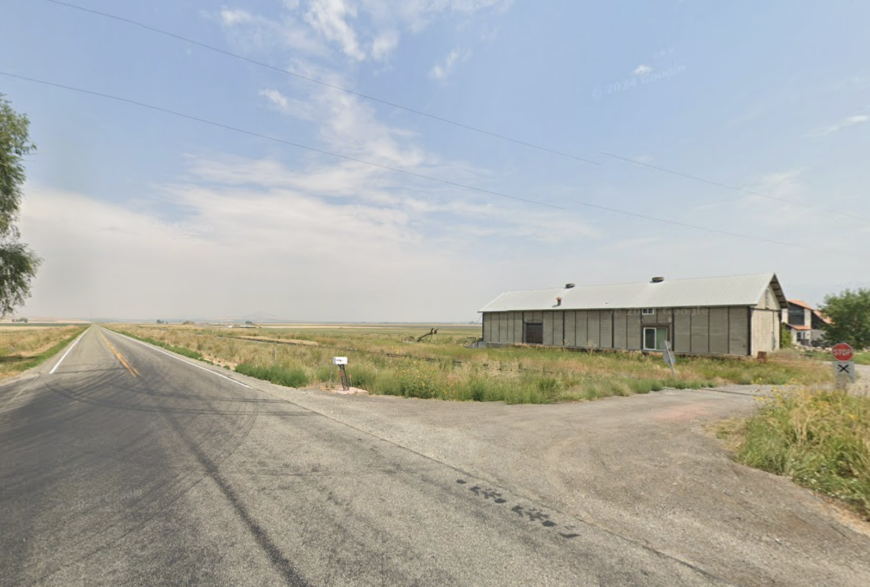
Situated west of Logan, Petersboro features rolling hills and expansive farmland with large properties, providing a quiet, rural lifestyle away from city life.
The area is ideal for those who appreciate wide-open spaces and the tranquility of the countryside. Agriculture is a significant part of the local way of life, and residents often engage in farming and livestock raising.
The population is modest, fostering a strong sense of community where neighbors know and support each other. The peaceful environment and the beauty of the surrounding landscapes make Petersboro a charming destination for those seeking a slower pace.
Where is Petersboro?
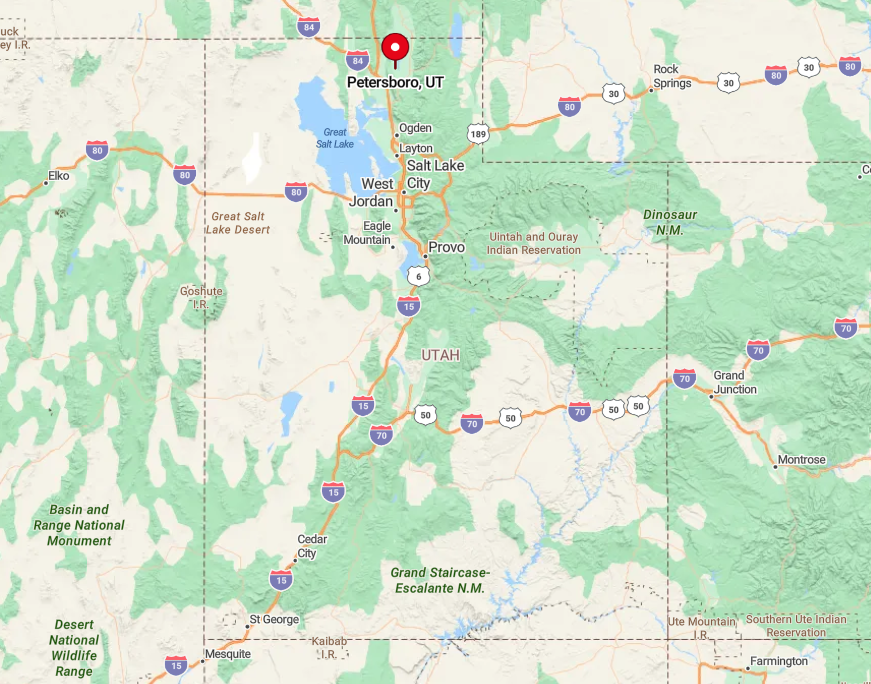
Petersboro is located approximately 10 miles west of Logan in Cache Valley. To reach Petersboro, take Highway 30 west from Logan toward Mendon, then continue northwest on local roads into the Petersboro area.
The journey offers expansive views of the valley and the distant mountains, highlighting the area’s agricultural heritage. The location provides a sense of seclusion while still being within easy reach of Logan’s amenities.
The rolling farmland and gentle hills characterize the drive, setting the stage for the serene countryside that defines Petersboro.
1. Avon – Hidden Valley Gem
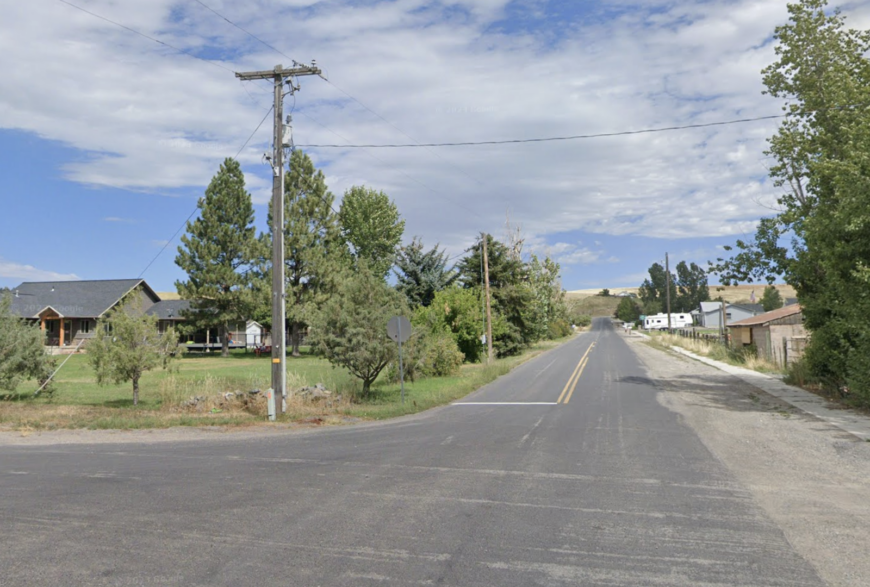
Nestled in the southern end of Cache Valley, Avon is a hidden gem offering seclusion with vast acre-plus lots surrounded by mountains and forests.
This peaceful retreat is far from urban bustle, providing residents a true sense of escape. The area’s natural beauty is undeniable, with opportunities for hiking, fishing, and exploring the nearby mountains and streams.
With a population of just a few hundred people, Avon maintains a close-knit community where the pace of life is relaxed and unhurried. The combination of natural splendor and rural charm makes Avon a coveted location for those seeking beauty and serenity.
Where is Avon?

Avon is located in the southern part of Cache Valley, near the border with Box Elder County.
To get there, take Highway 89/91 south from Logan toward Sardine Canyon, turn east onto State Route 165 through Paradise, and continue south to Avon. The drive takes you through picturesque towns and rolling landscapes before arriving in the secluded valley where Avon resides.
The area’s geography is marked by the surrounding mountains and the nearby Little Bear River, adding to its appeal. Its hidden location contributes to the tranquility and remoteness that defines this unique community.






